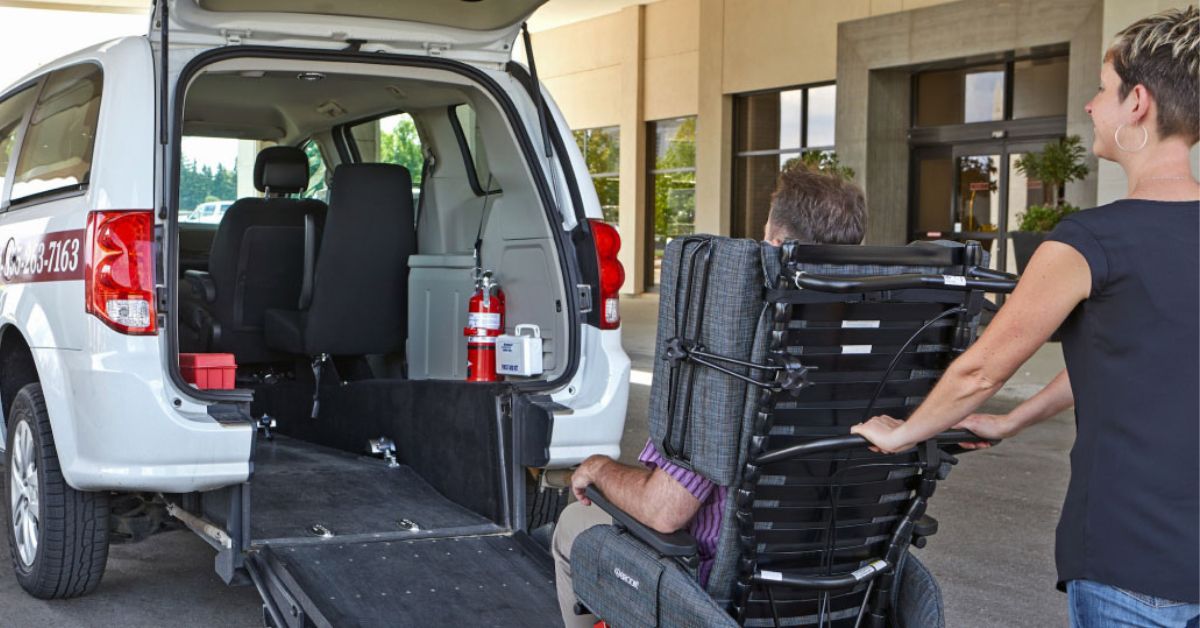
The Honda WR-V subcompact crossover, which was launched in Indonesia on Nov. 2, 2022, seems like a logical move for Honda Cars.
Using the platform and the proven mechanicals from the all-new Honda BR-V multi-purpose vehicle, the WR-V is expected to attract young professionals (whom Honda Cars Indonesia calls the “hustlers”) and small families that want to move up from a regular subcompact sedan or hatchback.
However, the Honda seems a little late to the party, especially since the Toyota Raize and its Daihatsu Rocky twin have been on the market since October 2019. The Raize was also launched in the Philippines on February 2022.
So how does the WR-V compare to the Raize? Here are some stats.
Bigger than the Toyota
Stacking up the numbers, the Honda is longer and significantly wider than the Raize, which should make it more comfortable for passengers. More importantly, the WR-V’s reported 220 mm ground clearance should be welcome news for flood-conscious drivers.
However, the Raize makes up by having a wheelbase that is around 40 millimeters longer.
|
Vehicle |
Length |
Width |
Height |
Wheelbase |
Minimum Ground Clearance |
Wheels (top-spec) |
|
Honda WR-V |
4,060 mm |
1,780 mm |
1,608 mm |
2,485 mm |
220 mm |
17-inch alloy |
|
Toyota Raize |
4,030 mm |
1,710 mm |
1,605 mm |
2,525 mm |
200 mm |
17-inch alloy |
Interior and cargo area
The WR-V and the Raize offer similar cabin specifications with a choice of cloth or cloth with leather.
The designs, however, differ greatly. Whereas the Toyota uses funky shapes, the Honda has a more crisp and traditional style.
In terms of cargo space, the WR-V edges ahead of the Raize by offering more room behind the rear seats.
|
Vehicle |
Seat Material |
Infotainment System (top-spec) |
Cargo Space |
|
Honda WR-V |
Cloth or cloth with leather |
7-inch touchscreen |
380 liters |
|
Toyota Raize |
Cloth or cloth with synthetic leather |
9-inch touchscreen |
369 liters |

Stronger sans turbo
As the saying goes: there’s no replacement for displacement.
Putting a relatively big, naturally aspirated inline-4 engine from the BR-V and City is the direction that Honda chose for its baby crossover.
It puts out more power and torque than the turbocharged three-cylinder engine in the Raize. However, the Raize offers all of its torque lower in the rev band, which should help with low-to-mid-speed acceleration.
|
Vehicle |
Engine (top-spec) |
Transmission |
Power |
Torque |
|
Honda WR-V |
1.5-liter, twin-cam, 16-valve inline-4 gasoline |
Continuously variable transmission |
121 PS at 6,600 rpm |
145 Nm at 4,300 rpm |
|
Toyota Raize |
Turbocharged 1.0-liter, twin-cam, 12-valve inline-3 gasoline |
Continuously variable transmission |
98 PS at 6,000 rpm |
140 Nm at 2,400 to 4,000 rpm |

More safety gear
The WR-V may have been late to the party, but it brought a lot more stuff.
The top-spec WR-V RS comes with Honda SENSING, which includes a suite of active safety systems that can help prevent a road crash or lessen the severity of the injuries.
The Raize Turbo, meanwhile, is up to par with its front, front-side, and curtain airbags, but only offers rear-cross-traffic alert and blind-spot monitoring.
|
Vehicle |
Airbags (top-spec) |
Traction control |
ISOFIX child-restraint anchors |
Active safety systems (top-spec) |
|
Honda WR-V |
6 |
Standard |
Standard |
Collision mitigation braking, lane-keep assist, lane-departure warning, adaptive cruise control and lane-departure mitigation |
|
Toyota Raize |
6 |
Standard |
Standard |
Rear-cross-traffic alert, blind-spot monitoring |
Good fight
Overall, the Toyota Raize and the Honda WR-V remain closely matched in the subcompact crossover segment.
But because it is a newer design, the Honda does pull away in terms of size, power, and safety. All we need to know now is its price.
Now when is Honda Cars Philippines Inc. going to bring the WR-V here?




